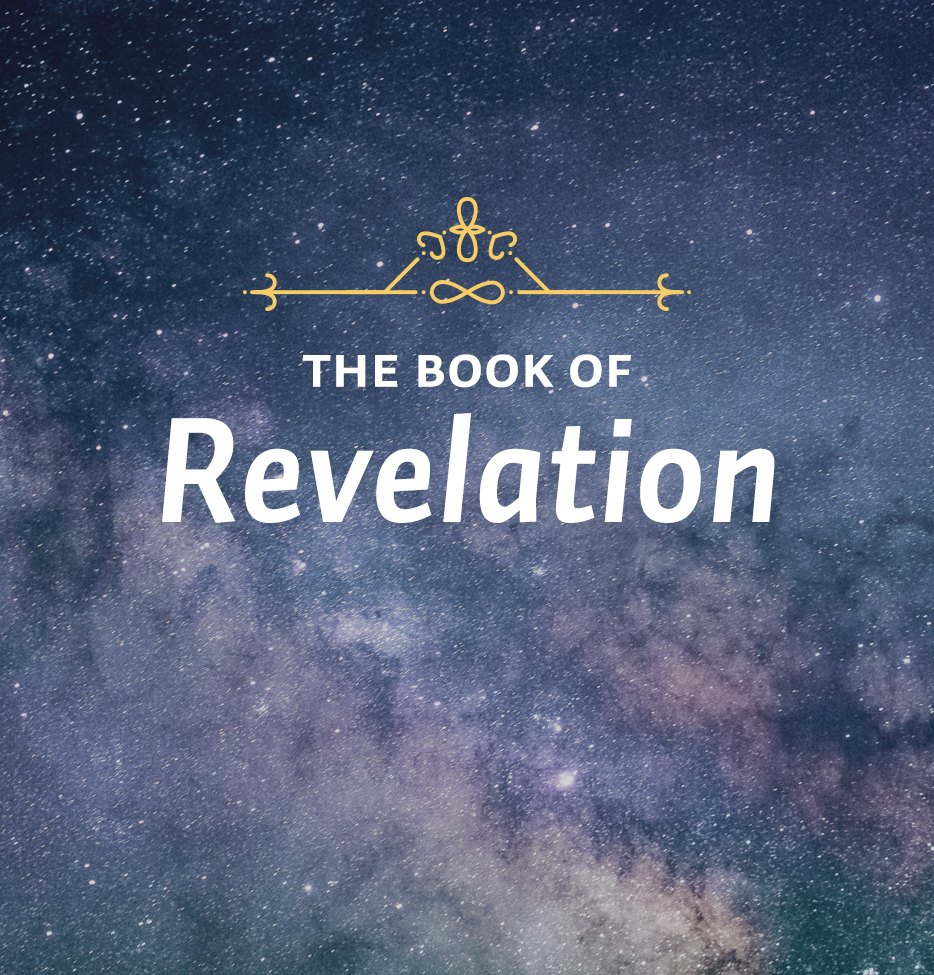The Four Horsemen of the ApocalypseRevelation 6:1-8Theme: The Lord of history.This week’s lessons teach us that God is sovereign over even the most terrible of tragedies.
LessonBilly Graham, in his book Approaching Hoof Beats: The Four Horsemen of the Apocalypse, devotes three chapters to the study of false or deceptive religion, which he thinks is what’s represented by this rider. The arguments he presents in support of this view are thus: first, the language of conquering is not used so exclusively of Christ as Hendricksen suggests. It’s used elsewhere of the beast in his war against the saints.
Secondly, the horses in this passage, as well as those in Zechariah, are all in the same category. In other words, they have the same nature and they seem to do the same things. So in Revelation, judging by the last three horses, they must be agents of evil. We can’t very well put Christ into that category. So that would support the view that it could be antichrist.
Thirdly, the horse being white may suggest Christ, but it might also suggest an imitator of Christ who would be the antichrist. And if this is the case, and if the rider also stands for false religious teaching, then the pattern of the horses and their riders also fits things that you find in Matthew. In Matthew 24:4-14, for example, Jesus is speaking of these signs that are not signs of his final coming but are things that are to characterize the entire age until he comes. There he mentions false prophets, wars and rumors of wars, famines, earthquakes, persecutions, and apostasy.
That the rider on the white horse is Christ or that he is the antichrist are the two main views. But I identify with the third view, namely, that the rider on the white horse merely represents the spirit of conquest or militarism that leads naturally to the evils that are symbolized by the riders that follow him.
Let me explain my thinking. I think it is too early in the Book of Revelation to see the antichrist as the rider on the white horse. The antichrist doesn’t appear until later in the book. Also, the similarities between this rider and the vision of Christ in Revelation 19 are all weak. The Christ of chapter 19 carries a sword which is identified as the Word of God. This rider carries a bow. The Christ of chapter 19 has been crowned with many crowns. This rider only has one crown and the words for crown are not even the same. In chapter 19 the word for crown is diadema. It refers to the royal diadem of authority. Here the word is stephanas. It’s the wreath of victory at the athletic games. Furthermore, Christ has triumphed, and here the rider is merely, as it says, bent on conquest.
And then there are a few historical details that support this interpretation. The rider of Revelation 6 has a bow, and the significance of the bow is that it was the characteristic weapon of the Parthian cavalry for whom white was also a sacred color. The Parthian archers were famous for galloping in close on their horses, firing a devastating but accurate shot from their bows, and then galloping off again. The Parthians were the great enemy of the Roman empire on its eastern flank. Moreover, the Parthians had defeated a large Roman army not many years before this in a.d. 62. What John may be suggesting is a successful Parthian invasion to disrupt the Roman peace, which would mean world war.
Additionally, verse two may be a picture of any conquering general. When a Roman general celebrated a triumph, he either rode through Rome on a white horse, or he entered it on a chariot pulled by white horses. Commentator Leon Morris says that the four horsemen must surely be taken together and that they all indicate destruction, horror, and terror. This one, the white one, surely stands for war.
Let’s look at the next horse. You see, if we can settle on the identification of the first – and even if we can’t – the identification of the second, third, and fourth riders isn’t all that difficult because they clearly would stand for bloodshed, poverty, and famine, which often follow conquest, and death, which is war’s ultimate legacy. Bloodshed is symbolized by the red horse – the color of blood; black is associated with plague, or famine; and the third horse is actually the color of a corpse.
Study Questions
What evidence does Billy Graham put forth in support of his view?
According to Dr. Boice, which of the three views we have studied is the best? Why?
What do the three other horses represent?
Further StudyUsing a Bible dictionary or encyclopedia, find out all you can about the Parthian civilization.






